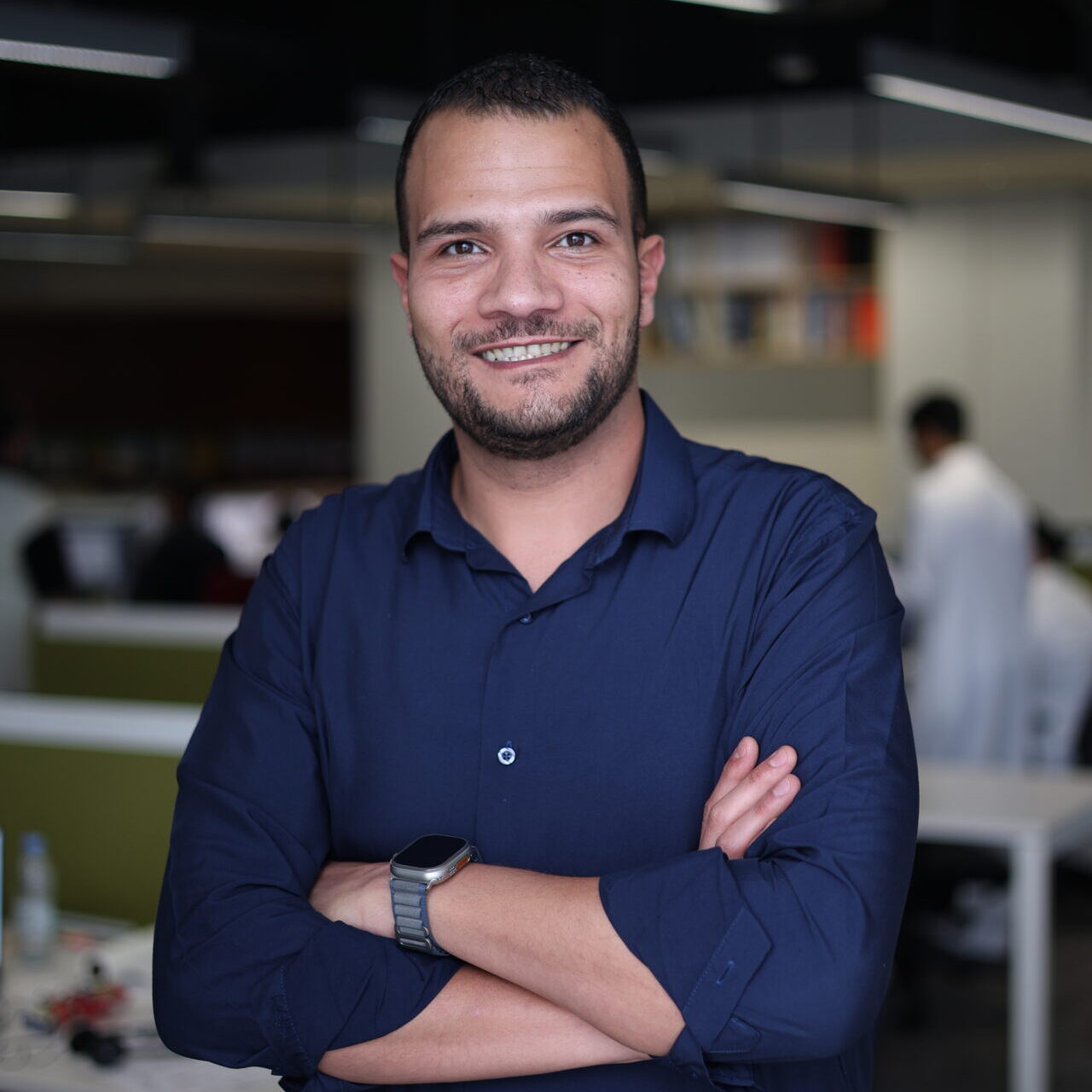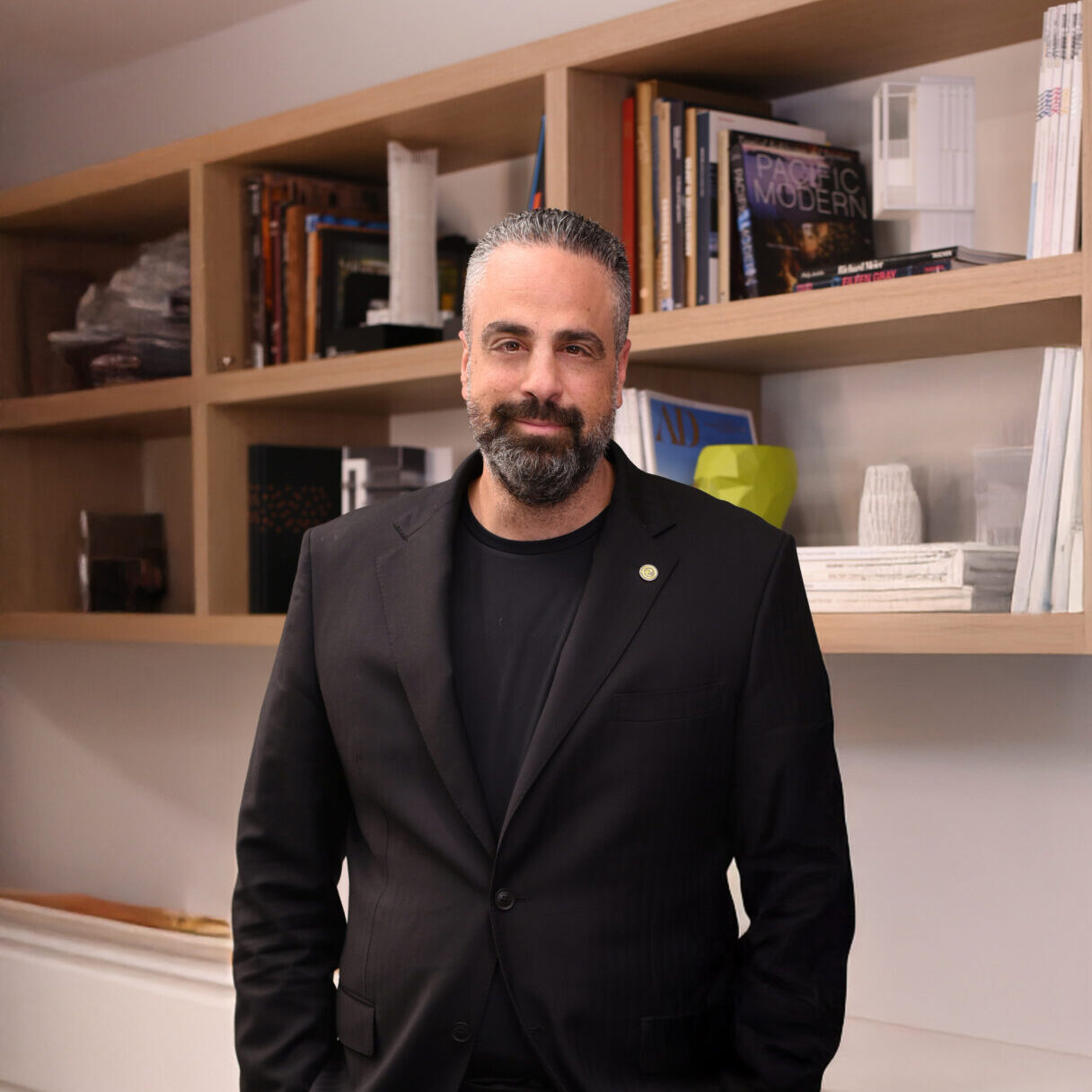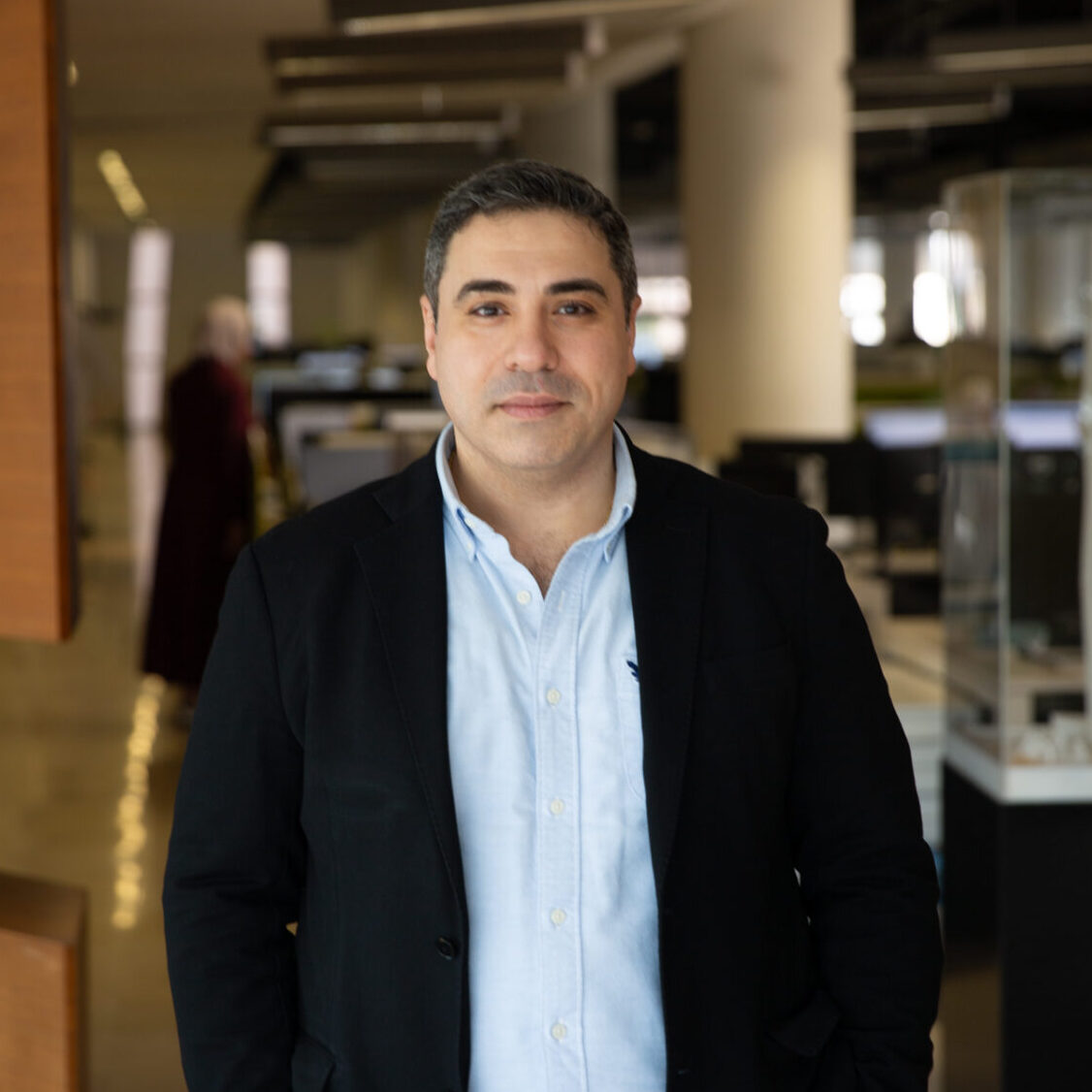
Khaled Dorry Negm is a Senior Architect at Omrania with 16 years of experience orchestrating the technical complexity of some of the Middle East’s most iconic projects—from the expansions of Makkah and Madinah to cutting-edge metro lines and entertainment hubs. Renowned for his mastery of coordination and detail, Khaled thrives on turning the chaos of massive teams, systems, and drawings into seamless, buildable realities.
If you could have dinner with any architect from history, who would you choose, and what would you want to ask them?
I’d choose Zaha Hadid. Her visionary designs and fearless approach to breaking conventions have always inspired me. I’d ask how she stayed resilient in the face of resistance, and how she turned such bold, complex ideas into buildable architecture.
Outside of architecture, what hobby or interest most influences your creative thinking?
Outside of architecture, football, especially following Ahly FC, has had a big influence on my creative thinking. The strategy, teamwork, and rhythm of the game often mirror the coordination and flow needed in architecture. Ahly, as the “King of Africa,” inspires me with its legacy, resilience, and pursuit of excellence, values I try to bring into every project I work on.
How do you keep your own standards high when you’re under pressure to deliver technical documents fast?
I rely on teamwork, discipline, and my experience to maintain high standards under pressure. Even with tight deadlines, I focus on clear coordination, smart planning, and double-checking key details—because I believe quality should never be sacrificed for speed. Working closely with the team helps share the load and ensure we deliver accurate, buildable documents on time.
When you look at a finished project, what’s the one subtle feature you always check first to see if the design intent survived construction?
I always look at the transitions, how materials meet, how edges are finished, and how details like lighting or ceiling lines align. These subtle elements often reveal whether the design intent was truly respected during construction. If the small things are right, it usually means the big picture stayed intact.
How do you use BIM tools to catch coordination issues that could compromise important architectural details?
I use BIM tools to run clash detection early and often, especially between architectural elements and MEP systems. It helps protect critical details like ceiling heights, feature lighting, or façade components from being compromised later on-site. BIM also allows us to simulate construction sequences and spot potential conflicts before they happen.
How do you keep your team focused on quality details when the scale of the project can make it tempting to cut corners?
I lead by example and emphasize that every detail, no matter how small, contributes to the overall success of the project. I break down large scopes into manageable, well-coordinated packages and hold regular reviews to keep quality in focus. Reminding the team that the end-user experiences the details, not the scale, helps keep everyone motivated to deliver at a high standard.







